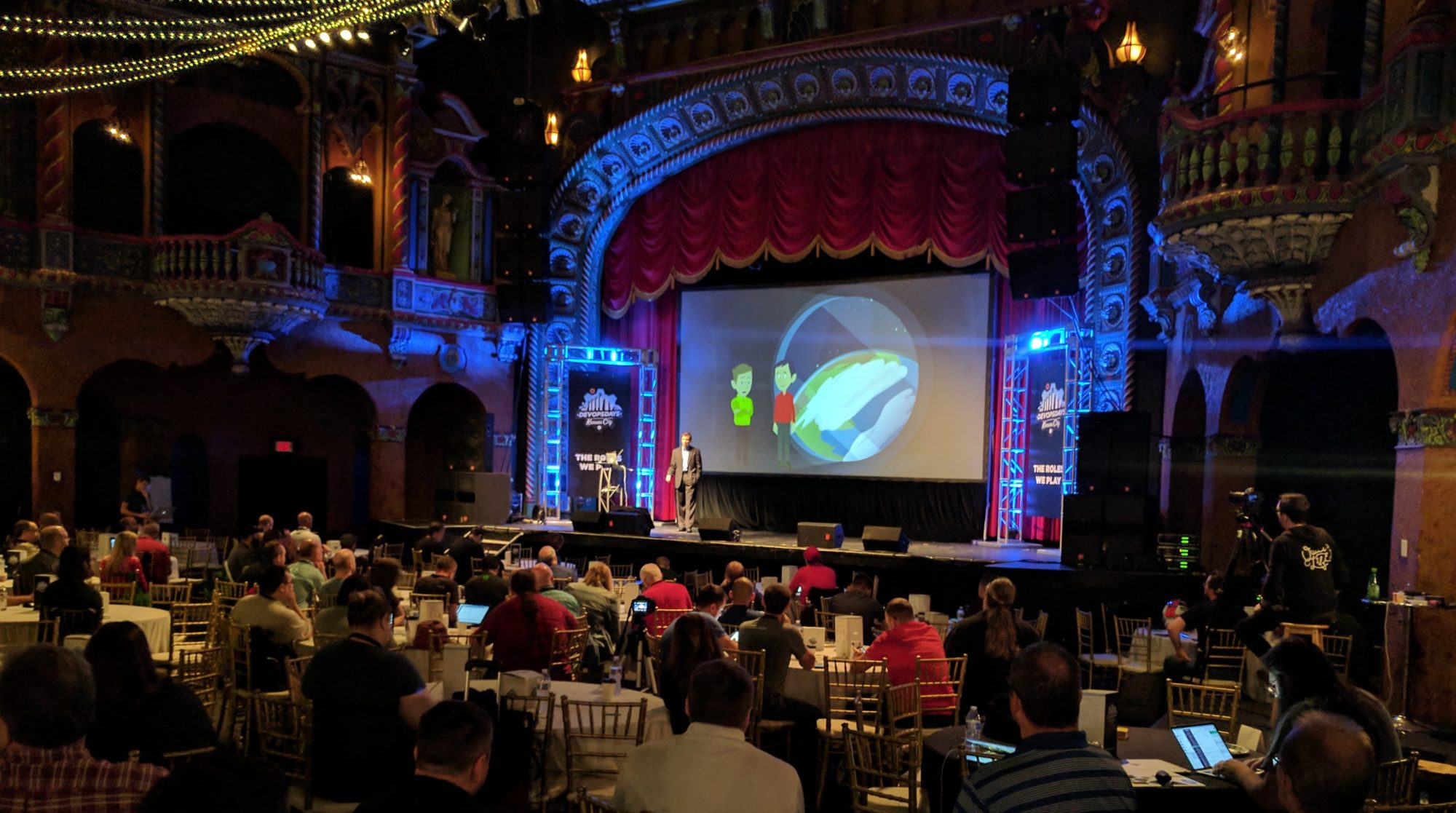Smart pricing is the way Google keeps advertisers happy with using AdWords on properties outside of search. Adwords lets advertisers put a small image on their conversion page in order to track which ads produce sales. Google uses this information to determine how much to pay publishers who are displaying Adsense on their site. Basically, Google will adjust the amount they pay downward for Adsense accounts that don’t convert very well to customers for the Adwords advertisers.
There isn’t a lot of information explaining smart pricing, but it appears to work like this. Lets say Google normally charges an advertiser $1.00 for a click on an ad from your site and they split the money with you 50/50. (We don’t know how much this split is, so this is just a hypothetical number.) However, none of that traffic has converted to sales. Google may then only charge the advertiser $0.50 and split it with you 75/25. So now you may only get $0.125 from a click whereas you’d be getting $0.50 under the original scenario.
Originally smart pricing was said to work on an account basis. So a bunch of low quality traffic on Site A that produces clicks and no sales can reduce the revenue you receive from Site B that has high quality traffic that produces sales. Google usually tries to do things in real time, so it wouldn’t surprise me if smart pricing has become a lot smarter. Possible changes:
- Per page or per site smart pricing.
- Smart pricing based on where the traffic comes from or other attributes.
- More dynamic changes to smart pricing — if every Tuesday your traffic doesn’t convert to sales, maybe you’ll be paid a lot less on that particular day.
If you want to get an idea of what is possible, look at the Insights section of your Google Analytics account. It shows the types of comparisons with historical trends that are probably going to be used as part of the smart pricing calculations.
